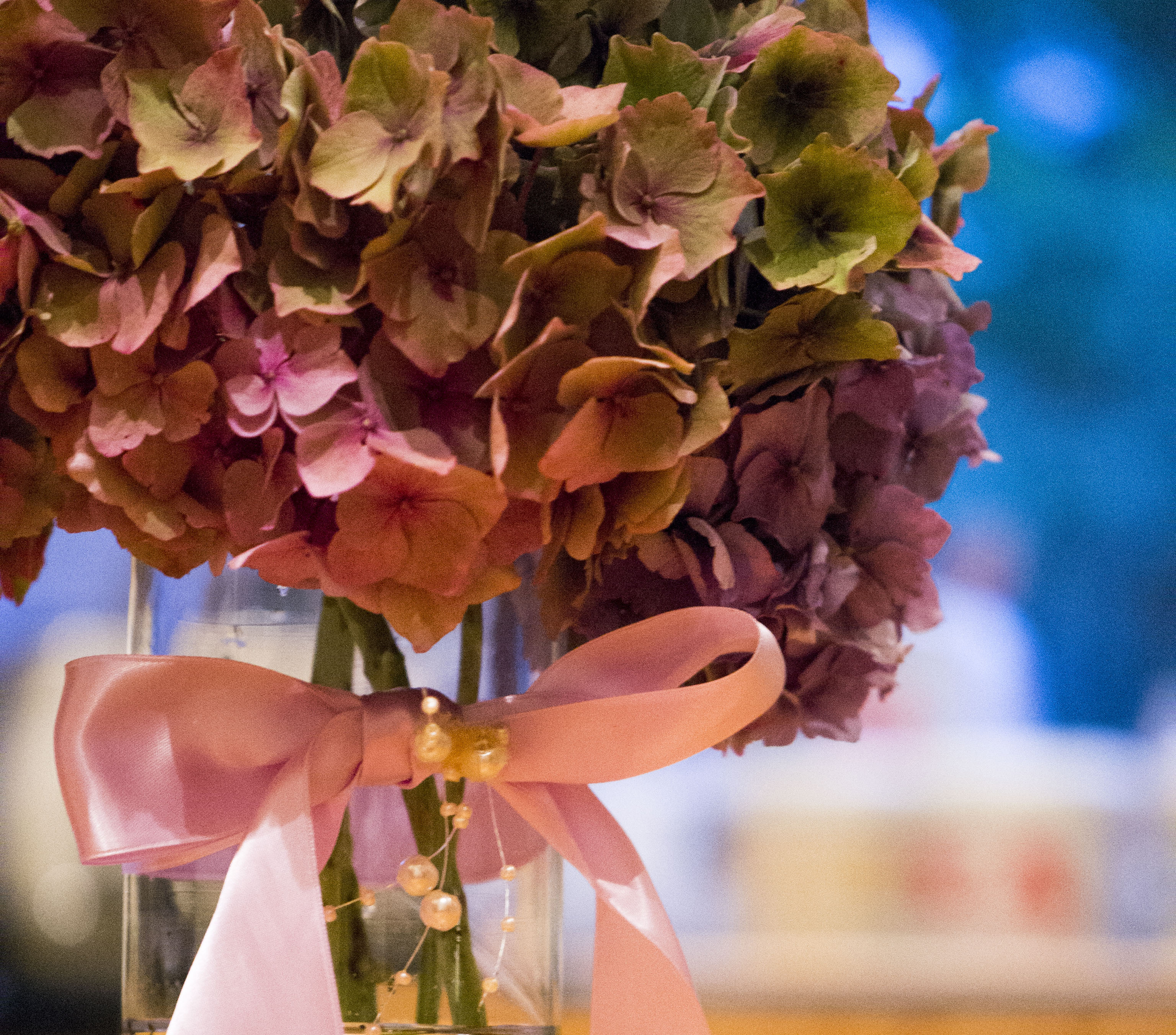
All you need to know about hydrangeas
Different types of bouquets call for different types of flowers. Small arrangements usually consist of smaller blooms whereas large arrangements will look rather silly if they are made up of tiny flowers. In simple terms, the size of the arrangement helps determine the type of flowers used. Hydrangeas are a fine example of flowers that are best suited for larger arrangements like funeral crosses and other similar funeral or wedding flower designs.
Now, you might think that hydrangeas lack variety but, in fact, there are over 70 different kinds of this fantastic flower! They are native to southern and eastern Asia which is why they are so popular in Japan. The UK flower market first became acquainted with the hydrangea in 1788. They are largely popular due to their long blooming period which, provided the temperatures allow, can last from early spring to late autumn.
Many hydrangea varieties are white but they are also available in pink, blue, dark and light purple and even red. The colour of the flowers largely depends on the type of plant and the pH level of the soil in which it is planted. At times, if part of the soil is more acidic and other parts are not, one single plant can produce more than one colour of flowers!
Hydrangeas are great for filling up a bouquet and creating a beautiful foundation for many arrangements. They are also just as stunning when planted in your garden and their huge flowers and leaves will keep your garden looking wonderfully full and abundant. Even when this plant is not in bloom, its lush green foliage will still make your garden look great and healthy. Different types of these plants react differently to colder conditions. While some keep their green leaves all the way to the end, others (like the oakleaf variety) allow their leaves to turn brown gradually before they fall to the ground.
It is important to note that hydrangeas are known to possess certain toxic properties and should not be ingested. There are some varieties that are not dangerous so, if you are concerned about your pets or young children, be sure to do some research. The Japanese use a certain type of hydrangea to make ama-cha tea. Each year, they consume this tea on the 8th of April to celebrate the birthday of Buddha.
When using hydrangeas in flower bouquets or even growing them in your garden, it is important to note that the tend to soak up more water than most other flowers. In some cases, the flowers become extremely heavy and the stems aren’t always strong enough to offer sufficient support. If you notice this becoming a problem, you can trim the stem or attach something to support the stem (kind of like a splint). If you order your hydrangeas from an online florist or even from your local flower shop, make sure that you inspect them thoroughly to ensure that there’s no damage to the stems. Should a stem become damaged at a later stage, you can try the “splint” type method of providing extra support or you can discard that bloom.
